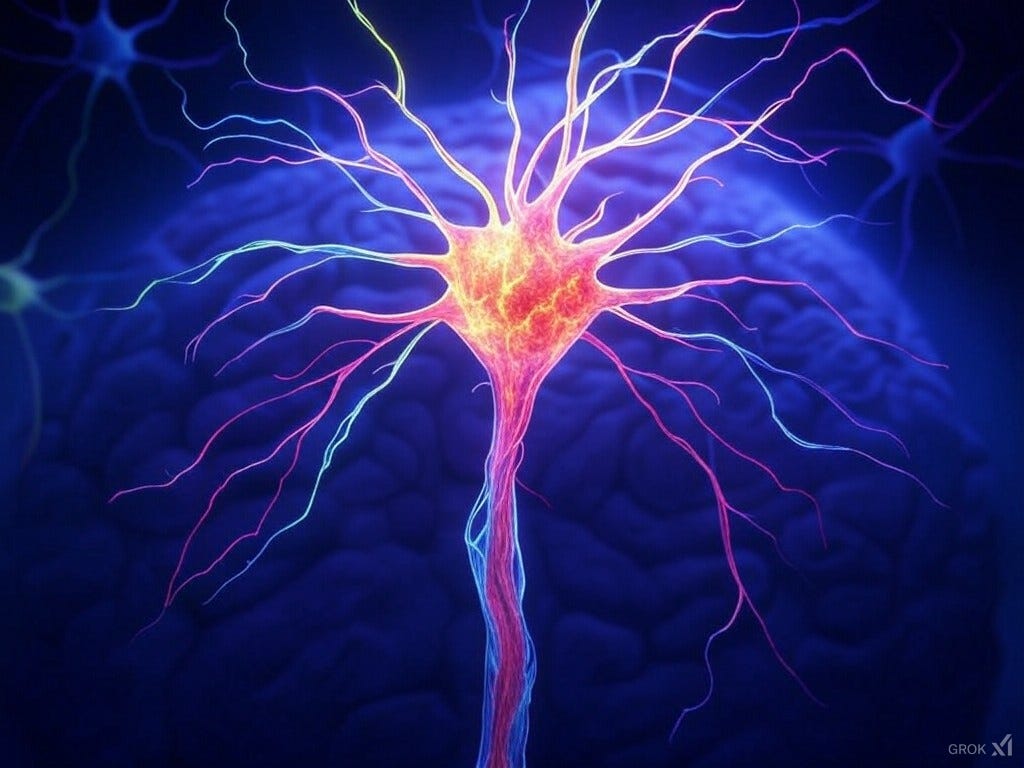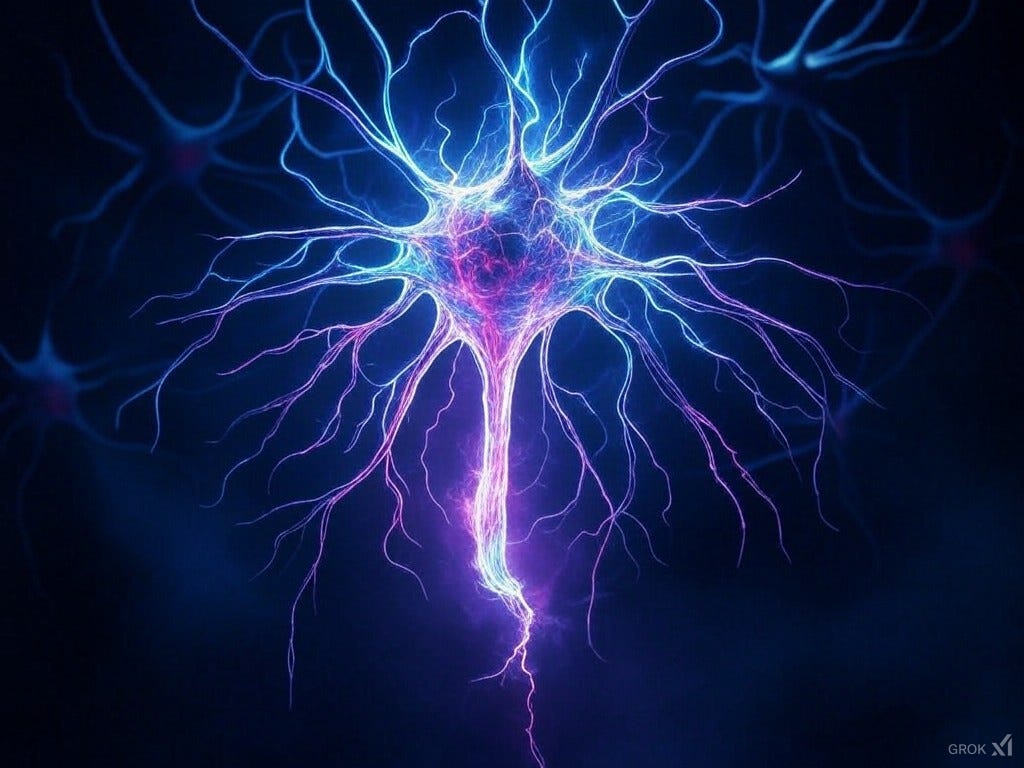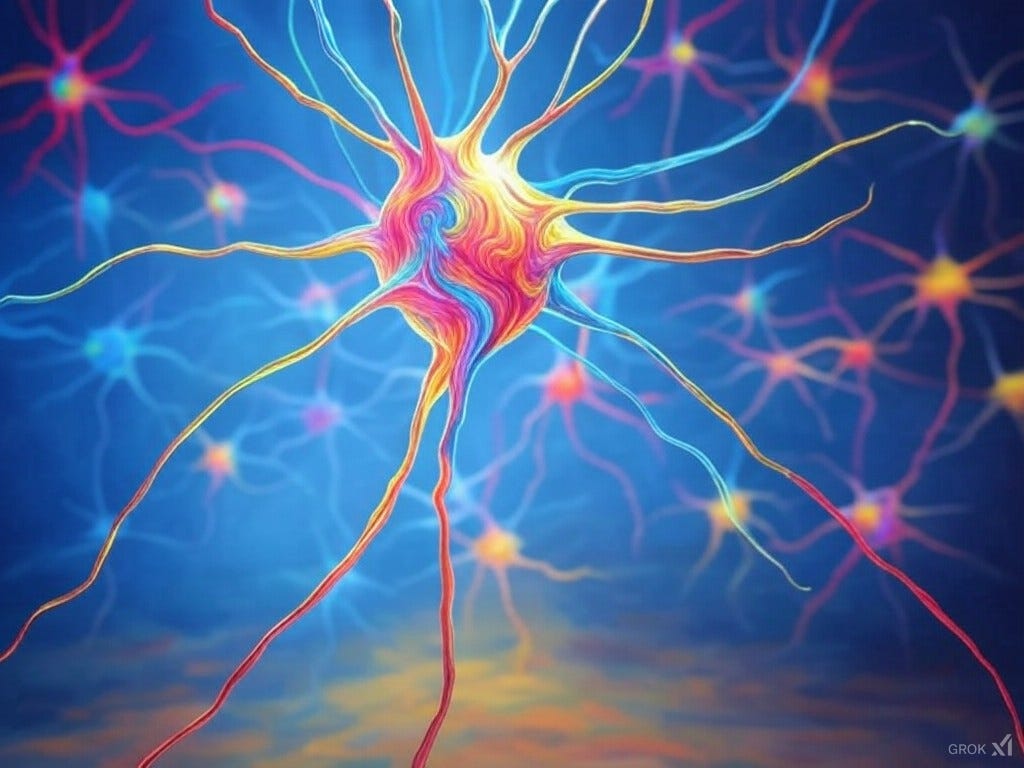Introduction to Neurons in Transformers
Exploring the definition of "neurons" in neural networks, from the broad definition to the strict, as this term is sometimes used in various ways in the machine learning space.
In the world of neural networks, particularly transformer-based models like Grok, the term "neuron" is frequently used to describe computational units. Understanding these "neurons" requires looking at them through different lenses, from broad to strict definitions, to grasp how they operate within the intricate layers of a transformer.
Broad Definition of Neurons in Neural Networks
At its broadest, a neuron in a neural network can be thought of as an entity that uses weights to perform transformations on inputs to produce outputs. Within transformer architectures, each layer involves some form of weight-based computation, implying that every layer could be considered to contain neurons under this interpretation.
Understanding Weights
Weights are akin to the intelligence or unique perspective of each neuron. Each weight determines how much influence one input feature has on the neuron's output. In a way, weights are what give each neuron its unique "job" or "view" of the data. When neurons act collectively in a layer, their combined weights enrich the hidden state vectors with meaning, transforming raw data into nuanced representations as they pass through each layer.
Strict Definition of Neurons
However, if we define neurons more strictly:
A neuron is a function that:
Takes a single vector as input.
Applies weights to this vector for transformation.
Uses an activation function (like ReLU or GELU) to introduce non-linearity.
Outputs a scalar value after activation.
This definition is most directly applicable to the neurons found in the Feed Forward Network (FFN) of transformers. Here, each neuron processes the output from the previous layer, multiplies it by a weight matrix (where each weight signifies a different aspect of data interpretation), applies an activation function, and outputs a scalar.
While this strict definition gives us a precise understanding of how neurons operate in their most basic form, the architecture of transformers pushes these concepts further. In transformers, neurons don't just work in isolation; they are part of a larger, interconnected system where their roles are defined not only by their individual weights but by how they interact with other neurons across layers. Let's explore how this definition expands in the context of transformer models.
Expanding the Definition
Feed Forward Network (FFN) Neurons:
These neurons operate exactly as described in the strict definition, handling the transformation of features into higher-level representations based on their unique weight configurations.
Output Layer Neurons:
Expanding slightly, the neurons in the output layer also fit into this model. They take the final hidden state vectors, apply weights (each weight determining the importance of each feature for the final prediction), and can use an activation function like softmax to convert logits into probabilities for classification tasks. However, not all output layers use an activation function, sometimes outputting logits directly based on their weighted interpretations.
Normalization Layers:
Layers like Layer Normalization adjust vectors by normalizing them based on their statistics (mean and variance). These aren't neurons in the strict sense as they don't use weights for transformation, but they prepare data for neuron-like processing by ensuring stability in the network's computations. By standardizing the scale of inputs, normalization layers ensure that weights across different neurons or layers can be compared and combined more effectively. This stability is vital for training deep networks where the scale of inputs can dramatically shift across layers, potentially leading to vanishing or exploding gradients without normalization.
Self-Attention Layers
Self-Attention Mechanism:
This layer uses three sets of weights to compute Query (Q), Key (K), and Value (V) matrices:
Q, K, V Calculation: Rather than traditional neurons, these operations involve matrix manipulations where the input is a whole matrix, not individual vectors. Here, weights define how each part of the sequence interacts with another, creating a dynamic, context-aware understanding of the data. These weights, learned during training, enable the model to discern patterns or relationships within the text, allowing for a nuanced understanding of context. Each weight in these matrices essentially votes on how much attention one part of the sequence should pay to another, dynamically adapting to the content and structure of the input.
Attention Scores and Output: The computation of attention involves these matrices interacting in ways that are complex, distributed, and not easily reducible to the concept of individual neurons. Instead, think of this as a sophisticated network of interactions where traditional neuron models are stretched to their limits.
Conclusion
Defining neurons in transformers involves understanding them through various levels of abstraction. From the broadest perspective, neurons are everywhere weights are applied, giving each neuron its unique role in data interpretation. In the strictest sense, they are in the FFN for scalar operations. Expanding this definition, we include the output layer for task-specific predictions and normalization layers for data preparation. However, in self-attention, we stretch the neuron concept to encompass matrix operations that are more like coordinated clusters of computational entities. This nuanced understanding underscores the complexity and beauty of transformer architectures in modern AI.





